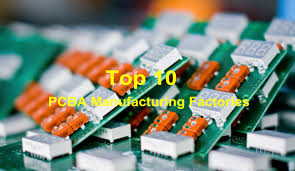Printed Circuit Boards (turnkey pcb assembly) play an indispensable role in today’s world of electronics. These unassuming, yet vital, components are the literal foundation upon which our devices and gadgets are built. Whether you’re using a smartphone, a laptop, or even driving a modern car, you’re relying on PCBs to make it all work seamlessly. In this article, we’ll delve into the fascinating world of PCB fabrication, exploring the processes and technologies that have made these essential components a linchpin of the digital age.
The Birth of PCBs
The history of PCBs dates back to the early 20th century, but it was during World War II that they truly came into their own. Engineers sought a more efficient way to interconnect electronic components and minimize the risk of wiring errors in complex military equipment. This led to the development of the first PCBs, using a copper-clad board with etched conductive pathways. This innovative design significantly improved reliability and reduced production time, setting the stage for the modern electronics revolution.
The Fabrication Process
PCB fabrication is a precise and intricate process that involves multiple steps. It typically begins with the design of the circuit on a computer-aided design (CAD) system, where engineers lay out the components, traces, and connections. Once the design is finalized, it is printed onto a photosensitive film and transferred onto a copper-clad laminate, which becomes the core of the PCB.


